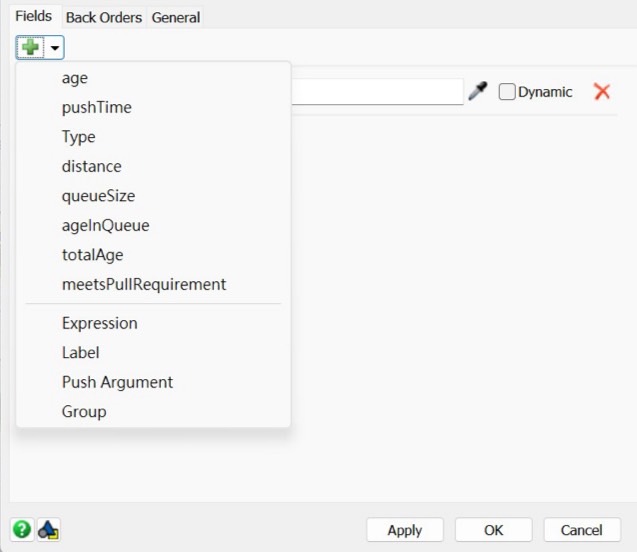Hi all,
I am building up process flows recently, but I'm confused with the relationship between the 3D model and the process flow. I am confused that if I use a list to do the task sequence. How can I set it to the destination of Load and Unload activity? Since the destination here is listening to the backorder, if we're using the logic of list. Thank you for any of your assistance!

